Experience the spiritual heart of Australia - a UNESCO World Heritage Site with ancient rock art, stunning sunrises, and the world's largest monolith
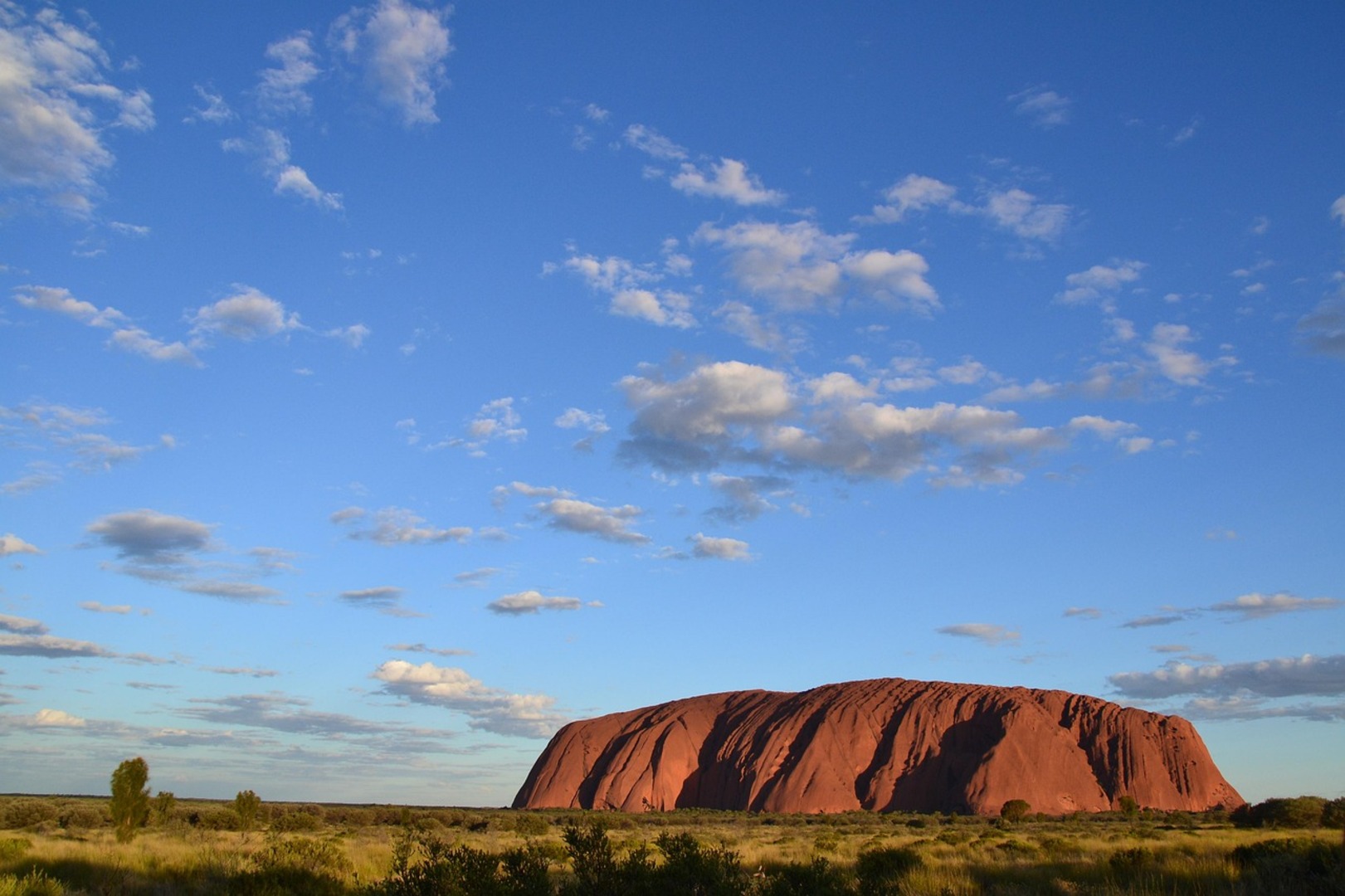
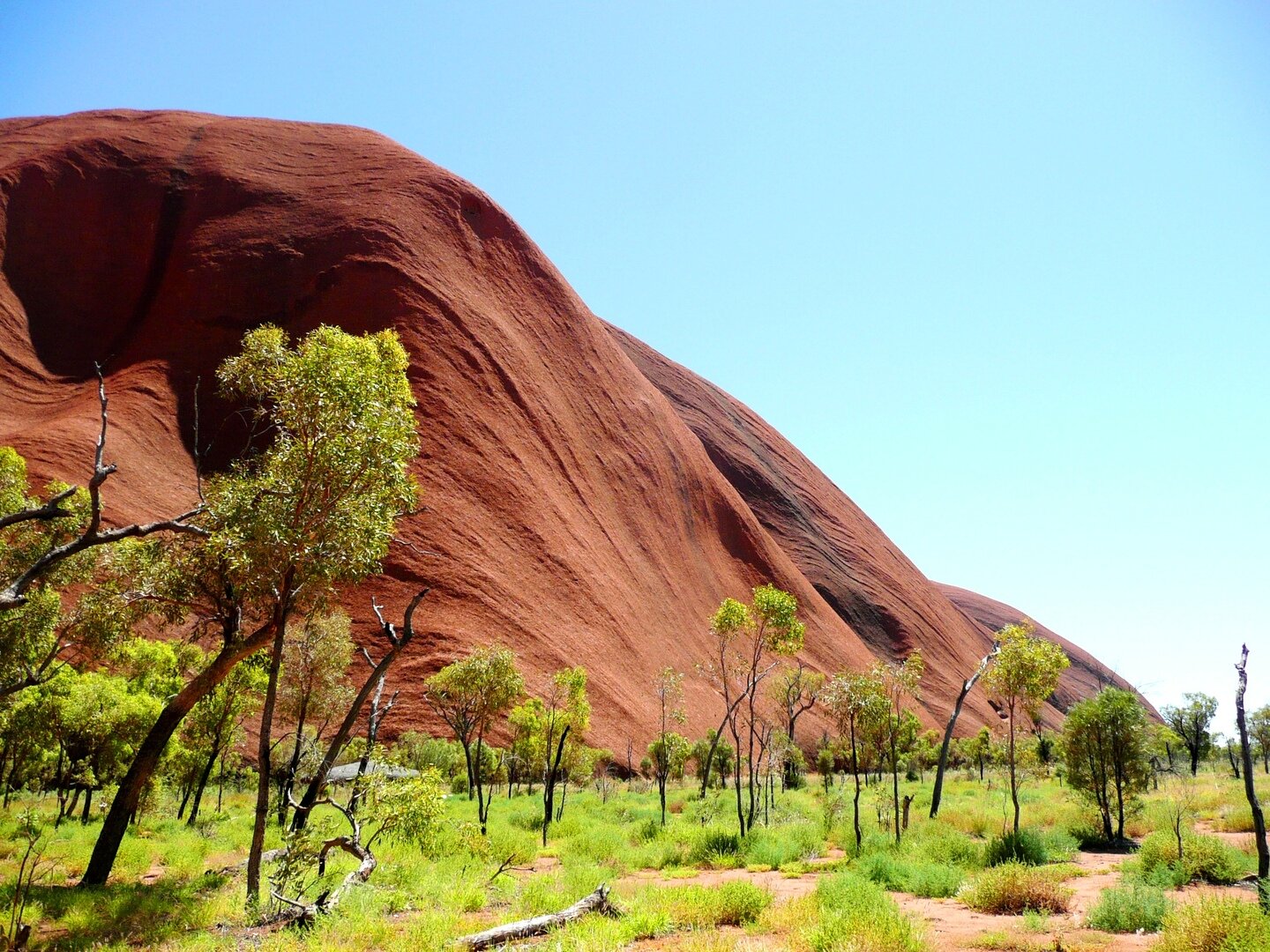
Enjoy a full-day adventure from Ayers Rock Resort and discover the beautiful Kings Canyon in the Watarrka National Park, walking the 3-hour circuit along the rim of the stunning canyon, and stopping for breathtaking views down into the canyon gorge.
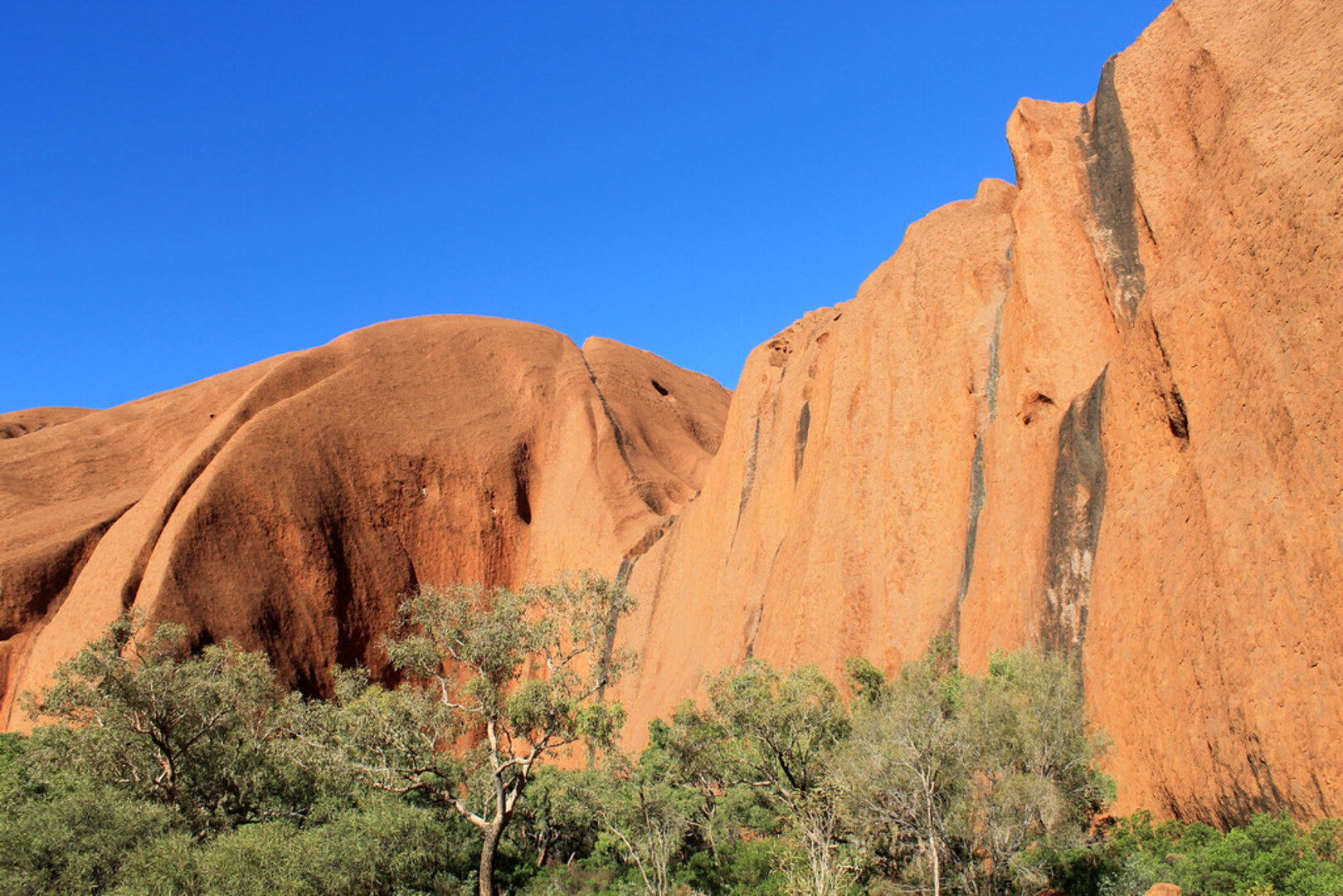
Embark on a 4-day adventure through the Australian Outback. Watch the sunset over Uluru, witness the magnificent sunrise at Kata Tjuta, hike the iconic Valley of the Winds, and Kings Canyon Rim Walk.
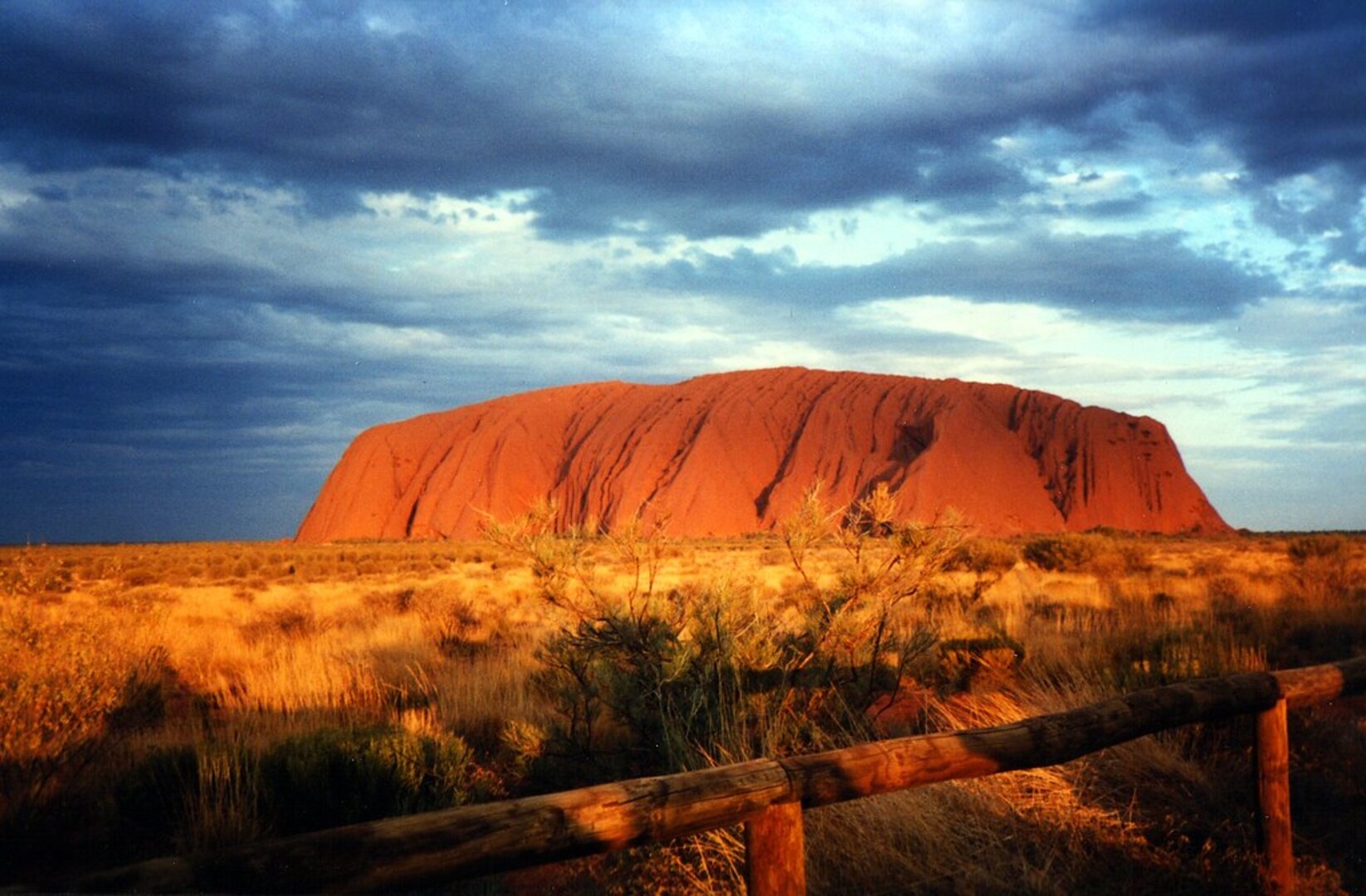
Experience a spectacular Uluru Sunrise on this day trip from Yulara. Travel to the mystical domes of Kata Tjuta and find out about local aboriginal culture before taking a walk through Walpa Gorge.
Uluru, also known as Ayers Rock, is the world's largest monolith, rising 348 meters above the surrounding desert plain. This sacred site holds deep spiritual significance for the Anangu people, the traditional owners.
The area is home to unique desert wildlife, ancient rock art, and stunning geological formations. The park's red sand dunes, spinifex grasslands, and dramatic rock formations offer an authentic Australian outback experience.
Uluru-Kata Tjuta National Park is a UNESCO World Heritage Site, renowned for its cultural significance, natural beauty, and the opportunity to learn about one of the world's oldest living cultures.
Explore Park Features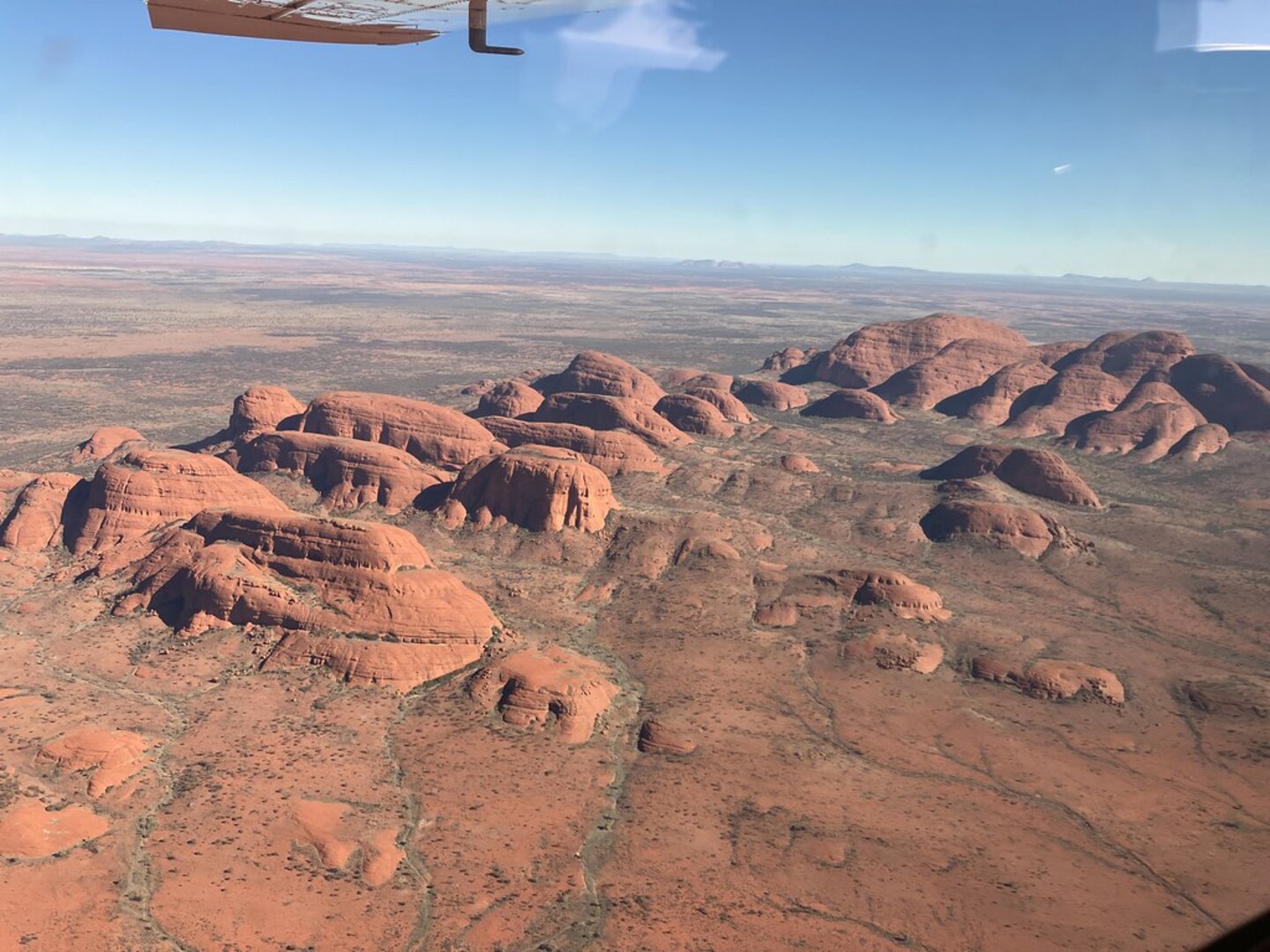
Marvel at the sheer size and presence of Uluru, a geological wonder that has stood for over 500 million years in the heart of Australia.
Discover thousands of years of Aboriginal rock art and learn about the spiritual significance of this sacred site to the Anangu people.
Explore waterholes, caves, and the unique desert ecosystem that thrives around this iconic landmark in the harsh outback environment.
Capture the magical color changes of Uluru at dawn and dusk, when the rock glows with brilliant reds, oranges, and purples.
Uluru has been sacred to the Anangu people for over 30,000 years. According to their creation stories, the rock was formed during the Dreamtime by ancestral beings who shaped the landscape.
The first European to see Uluru was explorer William Gosse in 1873, who named it Ayers Rock after the Chief Secretary of South Australia. In 1985, ownership was returned to the Anangu people.
Today, Uluru is jointly managed by the Anangu traditional owners and Parks Australia, preserving both its cultural significance and natural beauty for future generations.
Learn more about Uluru's history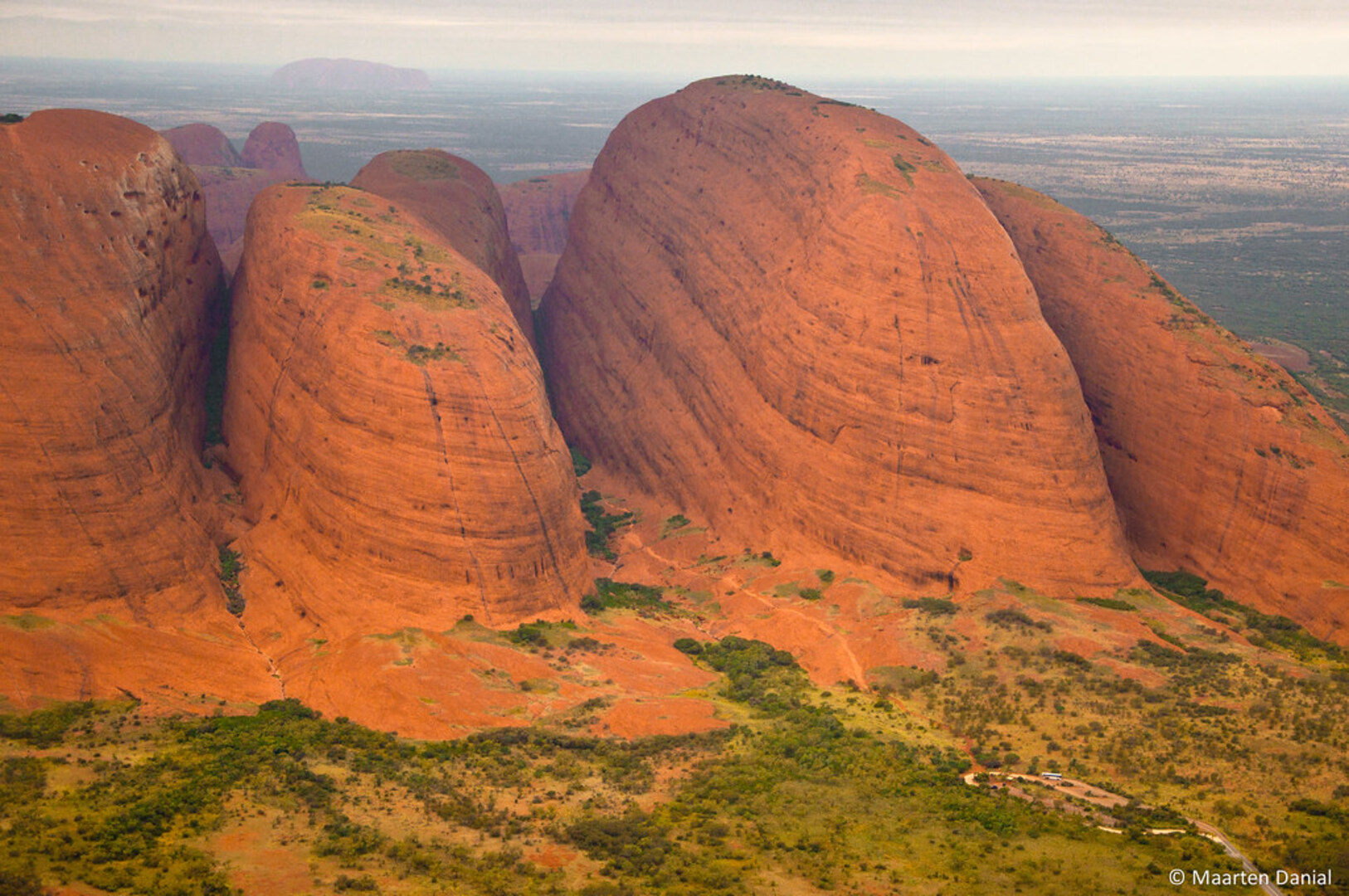
Explore the 36 domed rock formations of Kata Tjuta, meaning "many heads" in Pitjantjatjara. The Valley of the Winds walk offers spectacular views of this ancient geological wonder.
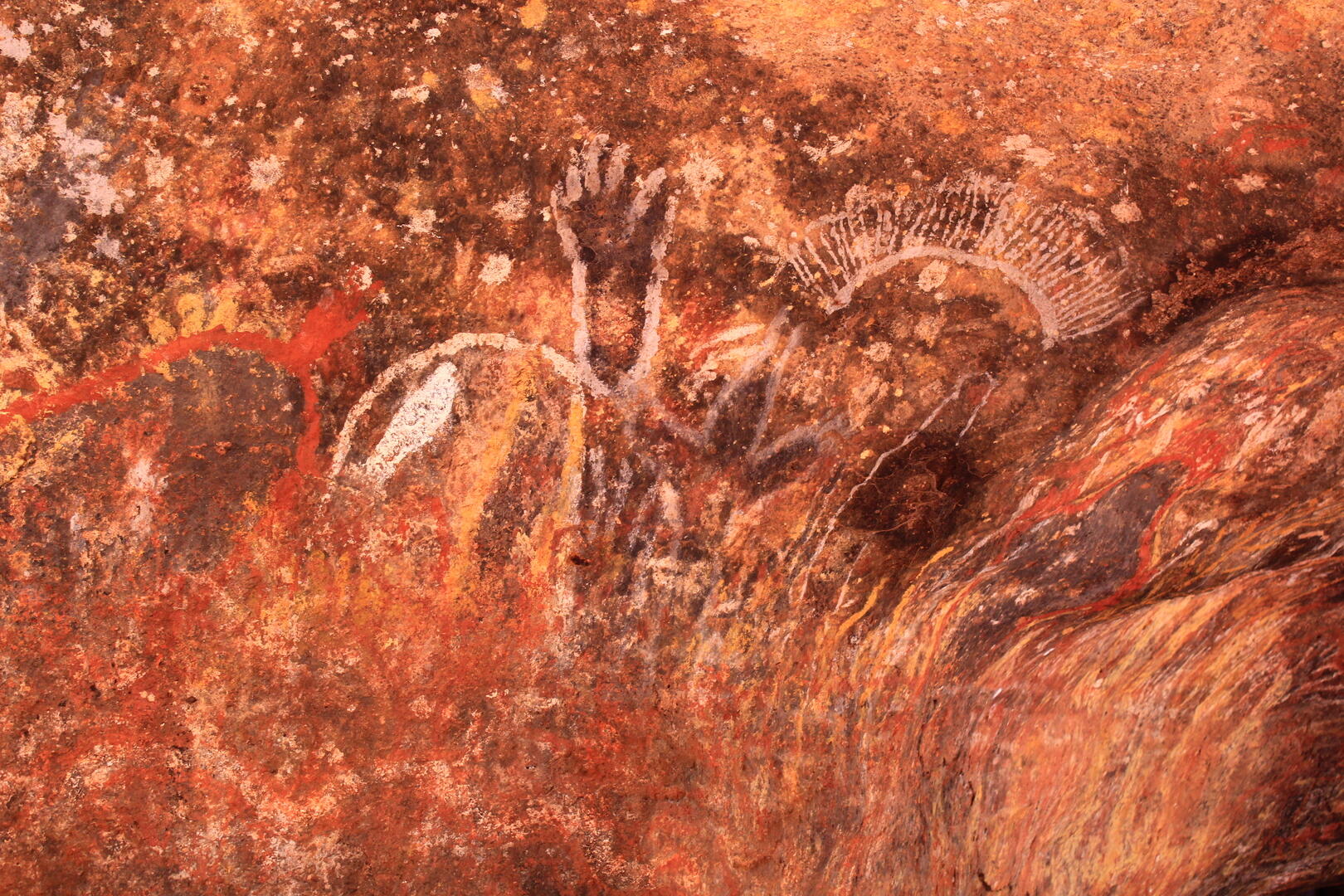
Discover thousands of years of Aboriginal rock art throughout the park, telling stories of creation, hunting, and daily life of the Anangu people.
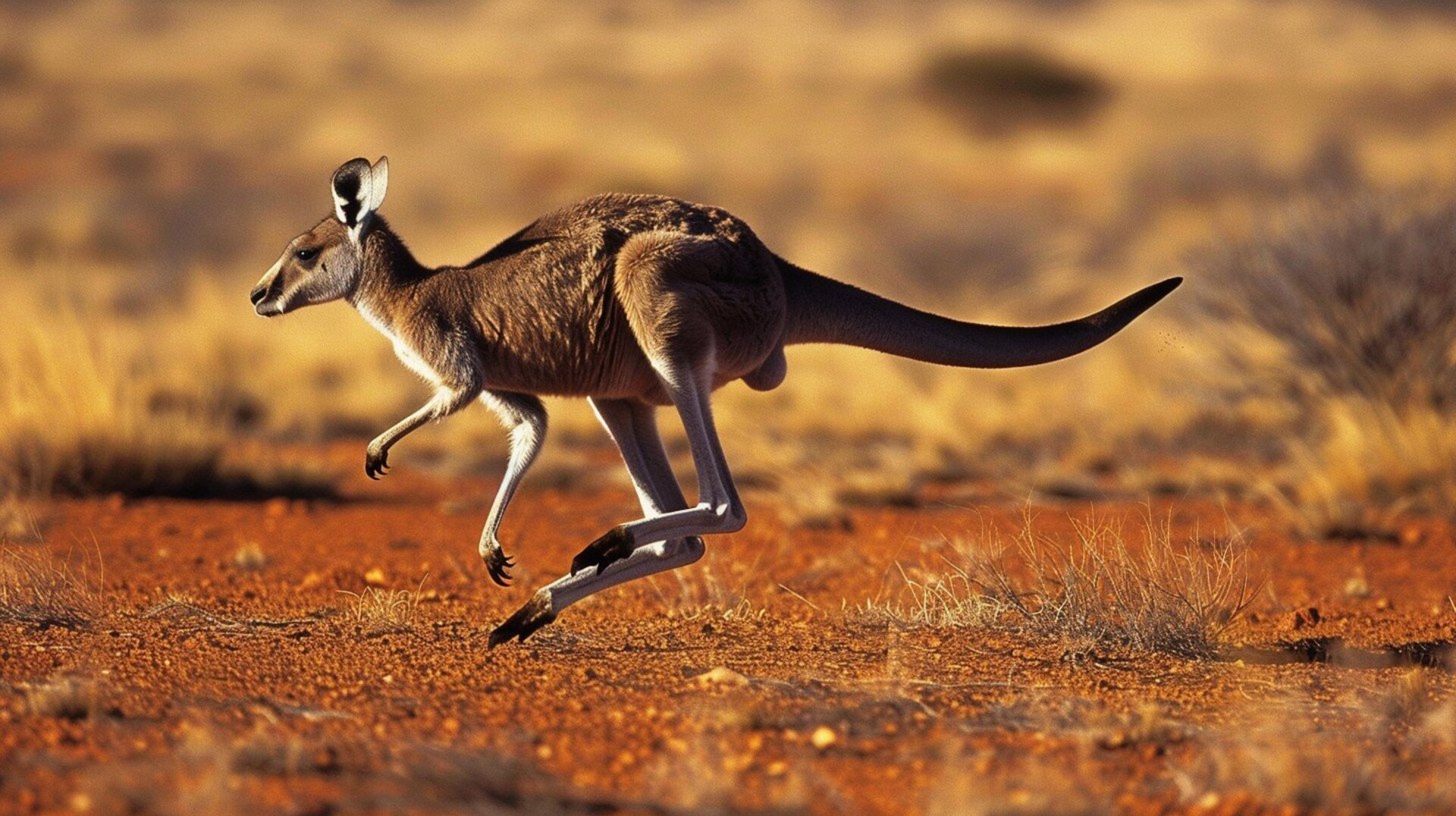
Spot red kangaroos, dingoes, wedge-tailed eagles, and unique desert reptiles in their natural habitat around Uluru and Kata Tjuta.
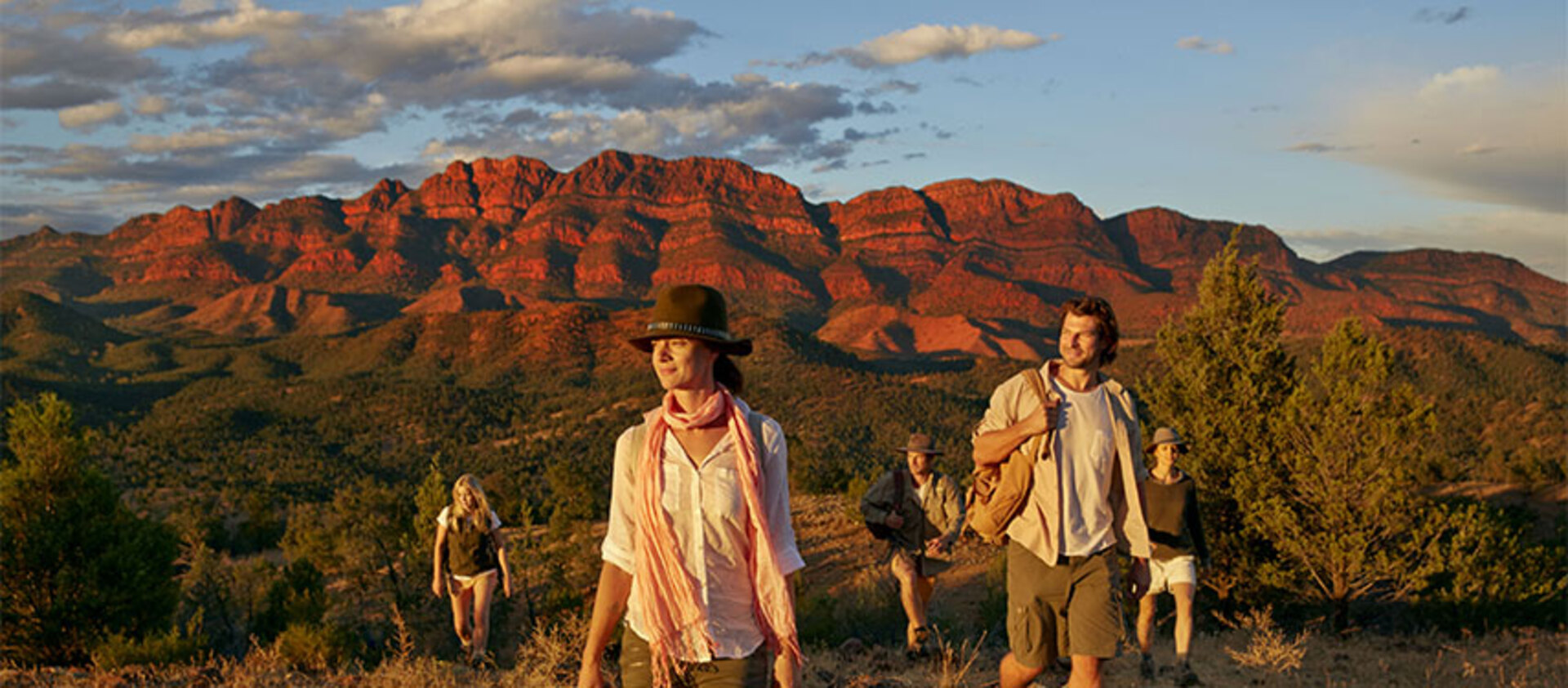
Join guided tours led by Anangu traditional owners to learn about bush tucker, traditional tools, and the spiritual significance of this sacred landscape.
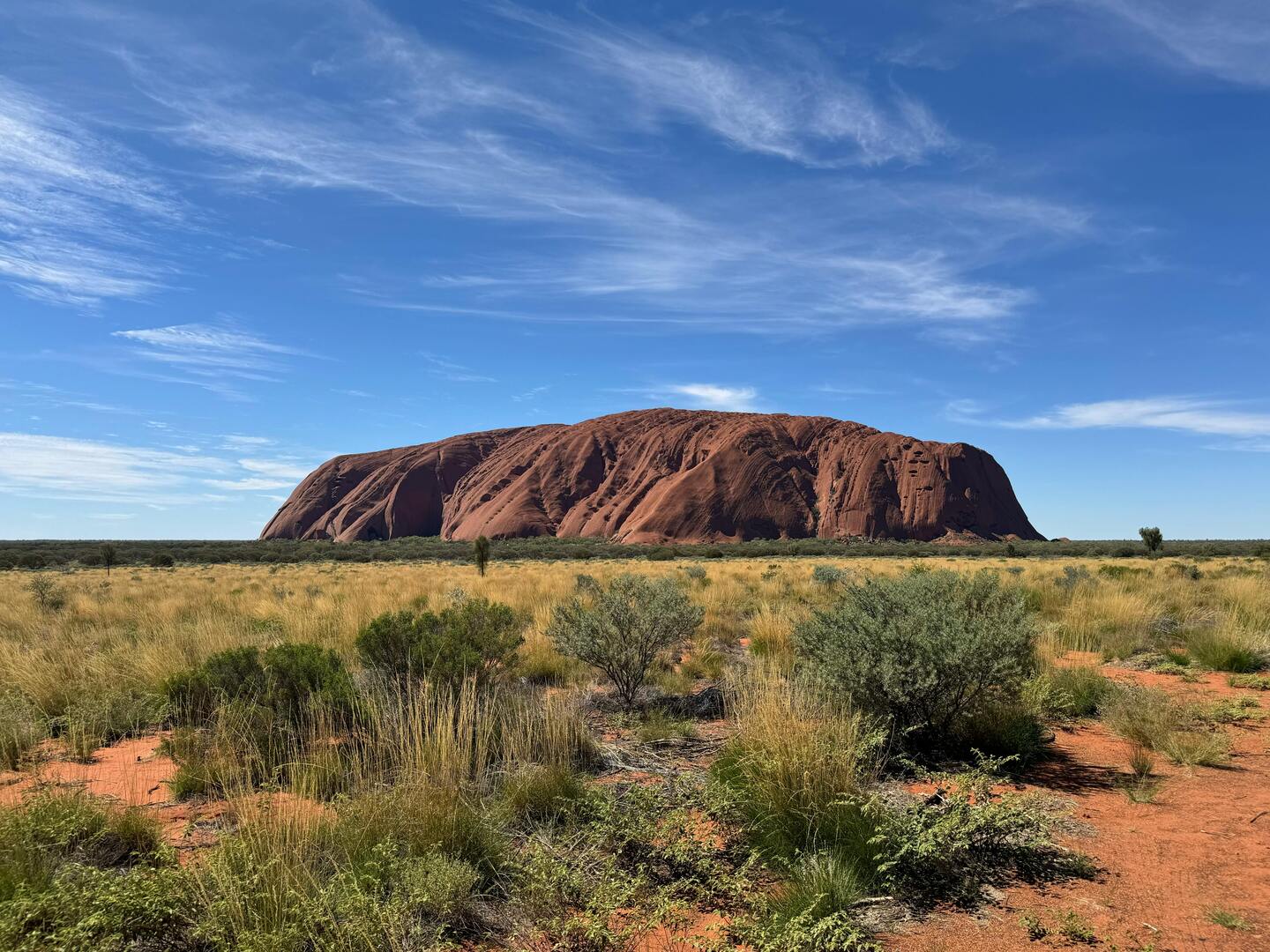
Prepare for your journey with these essential tips:
Address: Uluru-Kata Tjuta National Park, Northern Territory, Australia
Coordinates: 25.3444°S, 131.0369°E
Located in the heart of Australia's Red Centre, accessible by road from Alice Springs or by air to Ayers Rock Airport.
Climbing Uluru is permanently closed since October 2019. The Anangu people have always requested visitors not to climb as it's a sacred site.
Yes! The Mala Walk and parts of the base walk are suitable for families. Always carry water and sun protection for children.
Yes, a park entry fee is required. The fee includes access to both Uluru and Kata Tjuta areas of the national park.
Yes, photography is allowed from public viewing areas. Some cultural sites may have restrictions - always check signage.
May to September offers pleasant weather. Summer (December to February) can be extremely hot. Sunrise and sunset are magical year-round.
Some viewing areas and short walks are accessible. Contact the visitor center for detailed accessibility information.
Look for red kangaroos, dingoes, wedge-tailed eagles, reptiles, and unique desert birds adapted to the harsh environment.